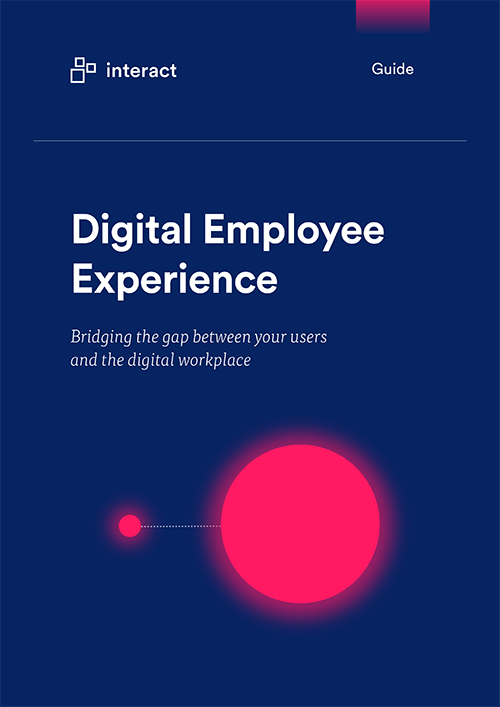As a new year beckons, organizations are determined to reclaim some power and guide their workforces towards a newly mapped-out future. With this comes significant change to the employee experience. We make ten predictions on what to expect in 2021.
After a historic year of disruption and upheaval, organizations are moving on to making plans for the next twelve months and preparing their business and workforce for further COVID-related developments. While 2020 introduced hastily-made modifications to the way we work, 2021 will be the year when these fixtures are reviewed and become permanent.
Many of these changes are not perfect. The move to working from home was forced and sudden. But from this vantage point, they’re here to stay for the foreseeable future. And many new ways of working have so far been successful – in terms of keeping organizations afloat. As we continue our efforts to running businesses under huge changes, there will be aspects of our work which we will keep, and some which we will re-assess.
The importance of employee experience in 2020
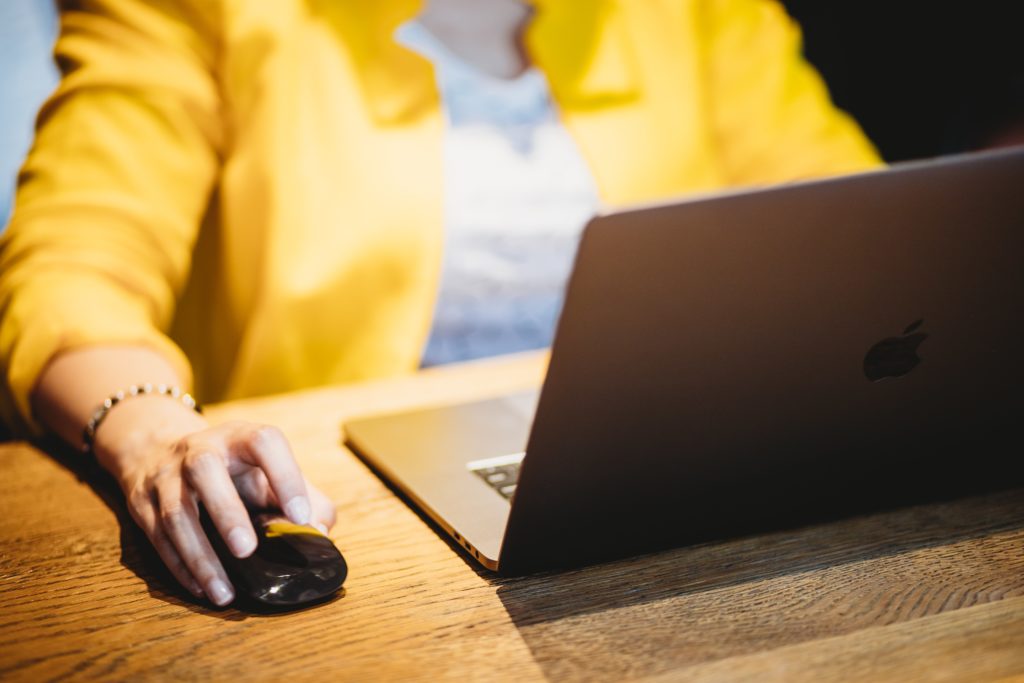
Pre-COVID, employee experience was a term that was bandied around as a ‘should-do’. Work on your EX, we were told, and see improvements in engagement, retention, happiness, and satisfaction levels. It was something that, for many organizations, took a back seat to more pressing priorities.
But in 2020, those who did have a focus on EX contrasted in sharp relief to those who didn’t. Those organizations that provided an excellent experience for their employees have so far managed to effectively protect themselves from the brunt of the pandemic. When you have a business listening to its people, continuously making adjustments to how it handles its workforce, and taking on board feedback and suggestions – you have a business in tune with any tremor or imbalance. Therefore, when companies had to make sudden and immediate change, those who practiced EX were in tune with every area of the organization and were able to quickly and successfully undergo transformation.
Download our guide to the Digital Employee Experience (DEX) today
But, as EX was not seen as a priority by many, these types of businesses seem to be in the minority. According to Forbes, fewer than one-third of enterprises conduct quarterly employee experience surveys, and only slightly more have a platform whereby employees are given a voice. For those with software like an intranet, or a similar comms tool, it may seem anachronistic to have a workforce who cannot provide any insight or opinion on their personal experience of the workplace. When the pandemic forced employees home to carry on their responsibilities among domestic duties and childcare, these non-EX organizations were effectively blind to the needs and requirements of their workforce.
However, through finely-tuned comms, two-way dialogue channels, and open culture, those organizations with a strong background in EX were able to identify weak areas, be open to employee needs and spot potential issues before they escalated to bigger problems. The value of EX was fully – and finally – appreciated when the future of working was forced upon us.
So what do we expect from the next twelve months? Are we working under these new conditions for good? Does next year promise more flux? Or will we finally see a way out of the present chaos? Here, we predict the ten developments that will impact employee experience in 2021.
1. Flexible working goes mainstream

The mass migration to home working brought about a lot of concern for the future of the office. But home offices have helped business continuity and have been, overall, successful. We see continued home working in 2021, but with more balance with the office. When it is safe to do so, employers will offer more flexibility in regards to work location.
A report from Forrester calls this the “anywhere-plus-office hybrid model”, where working outside of the office will be considered the norm – even outside of pandemic restrictions. This will mean organizations will need to review their entire model – from real estate to leadership – and find out how they can achieve long term goals outside of the physical boundaries of their traditional offices.
2. Workers get reimbursed

The rules surrounding working from home are in the process of being reviewed. As it becomes an established part of working life, organizations will soon start formally altering their working policies. We’re already witnessing this in many countries. Structural, ongoing costs of working from home are being managed in various ways, by various countries, for example, the US government is setting up reimbursement plans for home internet access and other expenses. Denmark is even adding the cost of refreshments like coffee on to their employees’ wage packets.
Download our guide to the Digital Employee Experience (DEX) today
The Dutch government has been encouraged to contribute $2.40 a day to employees’ pay packets to cover WiFi, utility bills, and even toilet paper used by those workers staying at home. Germany is debating a bill enshrining remote workers’ rights; France has passed a law shielding them from after-hours email; Britain has hinted that it may relax the rules on tax deductions for work-related equipment purchased during the pandemic. These are changes that may take a number of years to enter law, but shows foresight of a more at-home workforce.
3. HR review policies
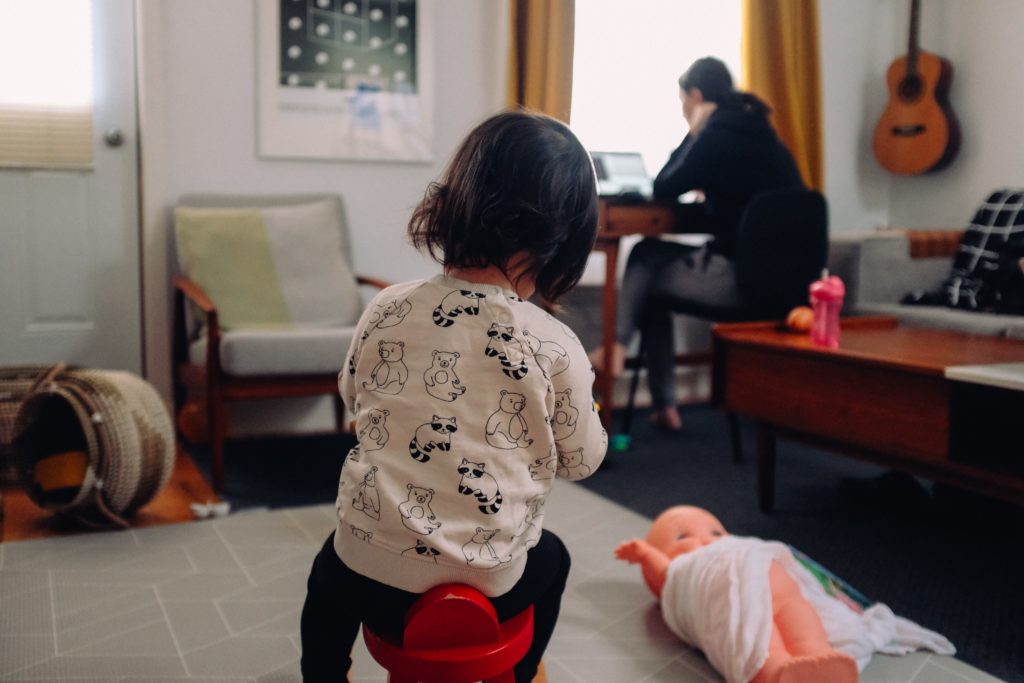
As HR review their policies to cater for their working from home workforce, employees will need to understand how it affects them. For instance, further lockdown restrictions may impact schools, nurseries and childcare services, therefore consideration for, for example, workers with children should be given.
Whatever changes are made, information must be communicated clearly to employees in advance. Consider a central comms platform like your company intranet for this. Also, update staff handbooks to include new policies regarding working from home, assessment criteria and all necessary arrangements.
4. Culture becomes reactive
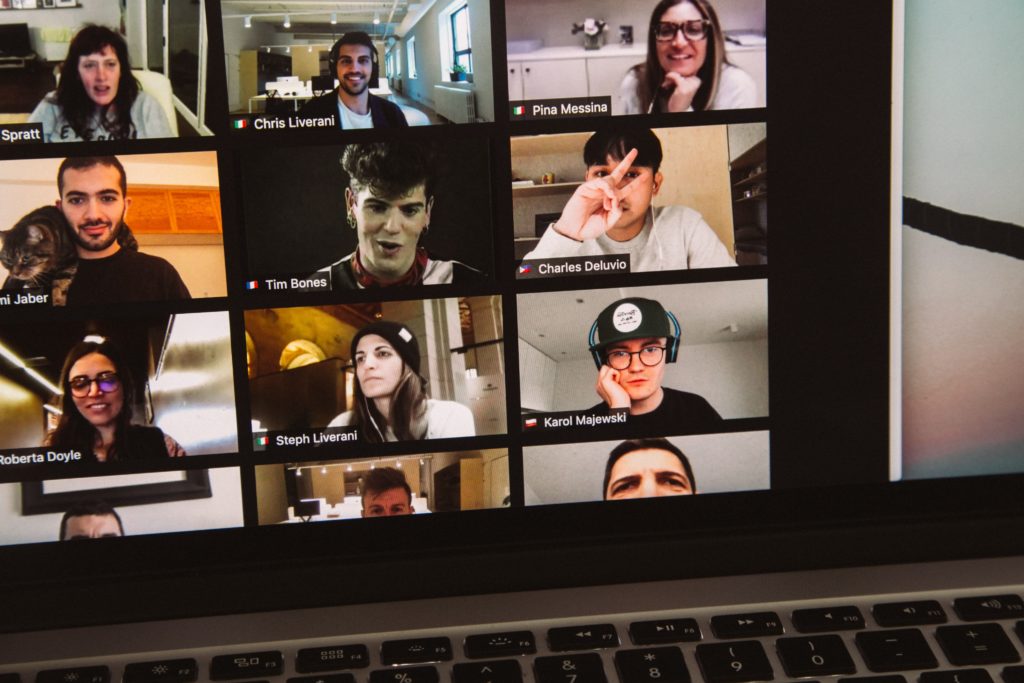
The office may become secondary to the culture of work. In its place, the digital workplace will evolve further, creating an omnichannel environment where both the tangible and intangible elements of the office are brought to the employee in digital form. Social tools will become more intuitive, and will provide areas for employees to enjoy – such as huddles, team gatherings, all-hands and places of solitude to work in peace.
While culture was more ambient in the office, there may be a need for culture cheerleaders in a remote work setting. These will be employees who set up initiatives, instigate new campaigns, and trigger conversations. Organizations should focus on how they are building their work culture in a dispersed workplace in 2021.
5. Greater focus on mental health

Was there ever more of a focus on mental health than in 2020? This looks to continue as employers begin to understand and work out ways to check in on the emotional and mental wellbeing of the workforce. Without being able to see workers every day in real-life, colleagues and managers will be able to work out behavior patterns, responses, and tells of people who may be experiencing a period of negative emotions.
As workplaces were beginning to consider how fundamental good mental health is to the workforce, the impact of COVID has sped up this understanding, and 2021 will be a year where this approach is developed further.
Download our guide to the Digital Employee Experience (DEX) today
6. A culture of trust
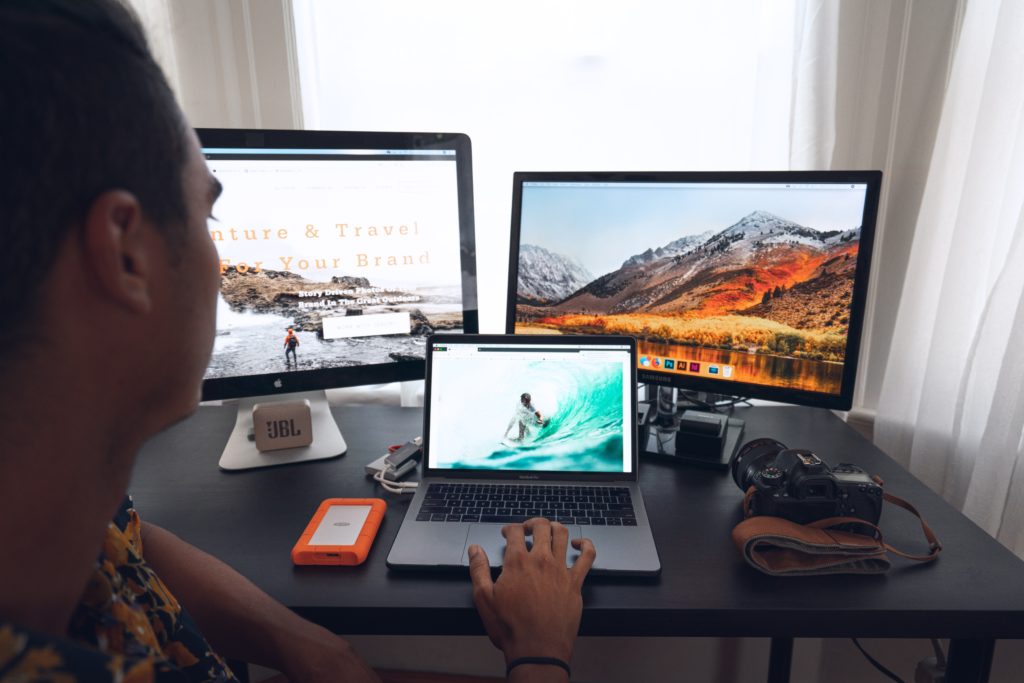
While 2020 contained a lot of ‘firsts’, organizations had no option but to put trust in their employees to manage some kind of continuity at their home desks as they were in the office. The culture of presenteeism could well be over, as the relationship between employer and worker develops into one of trust and self-governance.
Organizations may want to trial some kind of software to monitor the productivity levels of staff. However, 2020 has shown that when managed correctly, and with the right communication channels in place, employees are applying the same levels of industry and diligence at home as they were in the office. The main challenges in this situation are loneliness and isolation, which must be dealt with on a case-by-case basis with the help of flexible working, commuting, or better reliance on comms platforms.
7. A more diverse talent pool

No longer will the job boards be applicable to residents of a given area. Any future vacancies should consider broadening their talent pool to a more global perspective. This increases the chances of high-quality employees regardless of location.
This requires an overhaul of your organization’s traditional employee lifecycle. From onboarding to training and development, every aspect of your company’s working life should be re-tuned to be accessible online anywhere in the world. Of course, this comes with new cultural and practical challenges, but managing a global workforce is something organizations should start getting used to.
8. The focus turns to IT
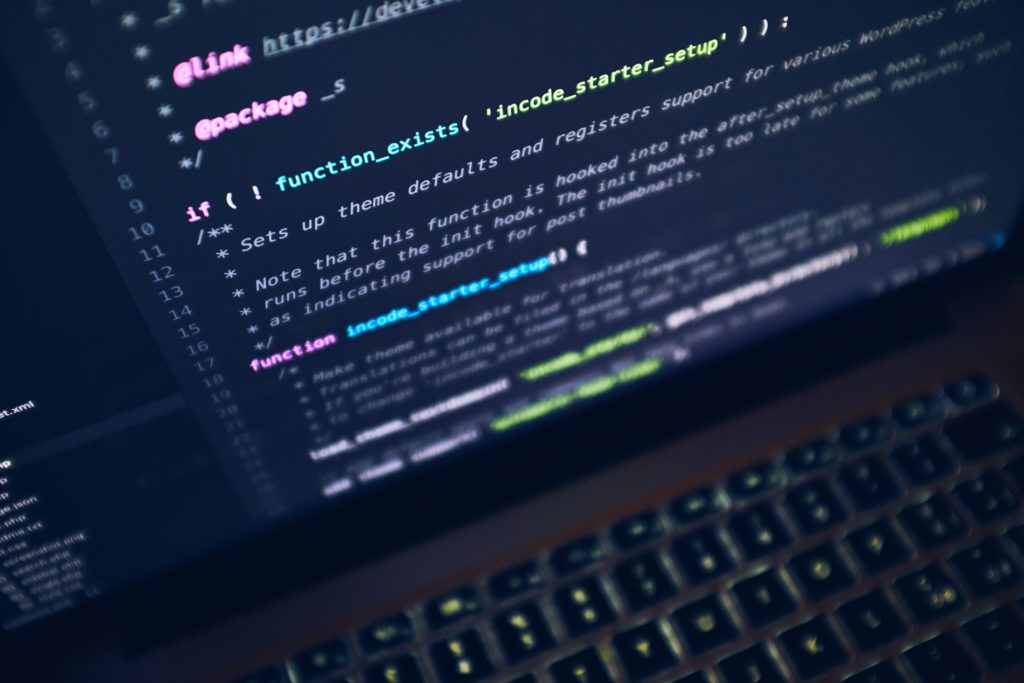
They were critical in making the huge switch to working from home, but 2021 will see even more pressure put on IT to focus on creating a better employee experience. They face two challenges – a cut in spending, as businesses tighten their belts to ride out the current economic downturn, and working out a better solution with existing software.
Download our guide to the Digital Employee Experience (DEX) today
IT will need to work out ways to help with employee development and reduce experience. Critical elements like social collaboration, information gathering, and security will all fall under the IT’s responsibilities. This isn’t the year for short term fixes. 2020 has forced long-awaited change by the hand, and businesses will have to work around these challenges with speed, strategy, and enterprise.
9. Communication ramps up

In the office, the occasional glimpse of the CEO was enough to satisfy workers when it came to the presence of leadership. Occasional chats at the desk, lunch breaks, passing each other in the corridor – every little touchpoint amounted to a feeling of connectedness and community. At home, and things are a little different. People need not only to feel heard but also led, and a domestic workplace can act as a communications blocker.
While teams are working closer together than ever with daily catch-ups and instant chat platforms like Slack, business leaders will need to look at how the business as a whole can enjoy a similar type of synergy. This may come in the form of more frequent pulse surveys, CEO-led company-wide zoom meetings and managers taking on more one-to-one conversations with team members. Making sure those many home offices are working together as one organization remains a work in progress.
10. Automation goes into overdrive

As remote working becomes more mainstream, organizations will need to introduce software and tech that supports the employee when there is no physical employer presence. This software will be designed to offer a human-like, easy-to-use, and accessible service: an optimal employee experience.
For example, without an HR department for people to speak to face-to-face, set up meetings, and visit, this part of the business will be one of the first to rely on smart tools. Using software to communicate with the worker regarding annual leave, health, work-related issues, the employee still enjoys the same levels of confidential service, while the department receives clear and precise data that they can analyze and work on.
The events of 2020 have made us act at breakneck speed, reactively, and sometimes hastily. However, employee experience is a continual process which makes small, impactful changes across the breadth of the organization. These changes are driven by senior-level in accordance to feedback from the workforce, and a feedback loop is established as these changes become rooted.
This allows businesses to move away from the impulsive and sudden decision-making of 2020 to a more strategic, conscious, and considered mindset of 2021.
This is why our employee experience matters more than ever. It is only by taking the experience of our workforce seriously, that we keep abreast of the speed of workplace changes and enable accuracy, innovation, and new opportunities – something businesses will need to focus on more than ever over the next twelve months.
